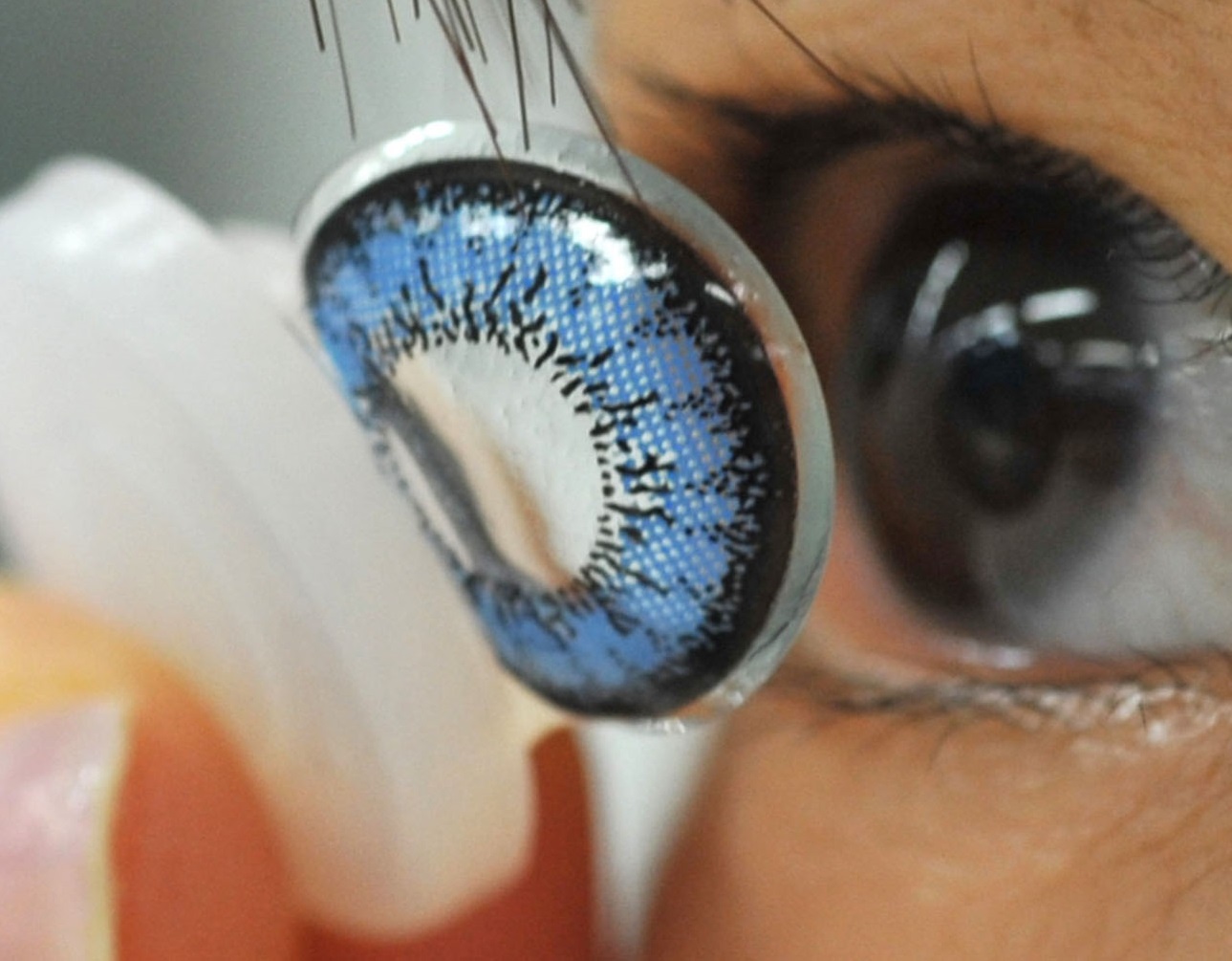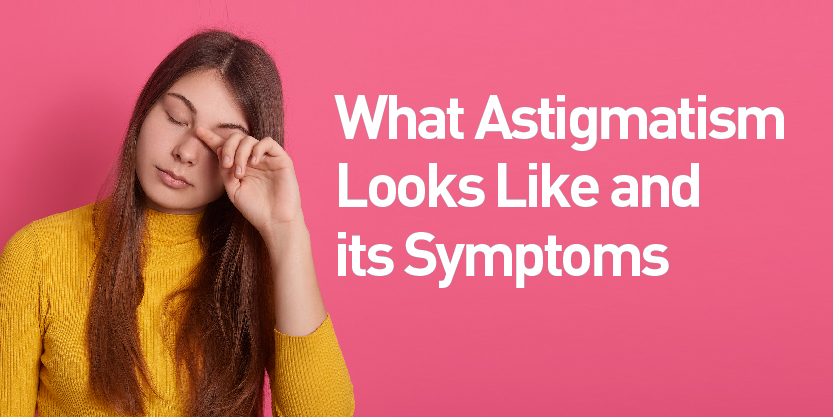
Astigmatism is a rather common and generally treatable eye condition. It usually occurs when either the front surface of the eye, also known as the cornea or the lens inside the eye has mismatched curves. This will then cause a blurry vision, be it from a near or far distance. However, it is different from the common near and far-sighted eye conditions. In this post, join us as we go in-depth about what astigmatism looks like, the symptoms, how it can be corrected, and everything else that you need to know about it.
Table of contents
Estimated reading time: 8 minutes
What Is Astigmatism and Its Symptoms
Astigmatism is not a serious eye condition that you need to worry about. However, if you are not using properly prescribed eyeglasses or contact lenses, it can cause eye strain and fatigue due to all the squinting. Astigmatism can also be easily corrected with the ideal lenses power. The same goes for myopia (near-sightedness) and hyperopia (far-sightedness) as well.
How to Differentiate Between Astigmatism & Myopia?
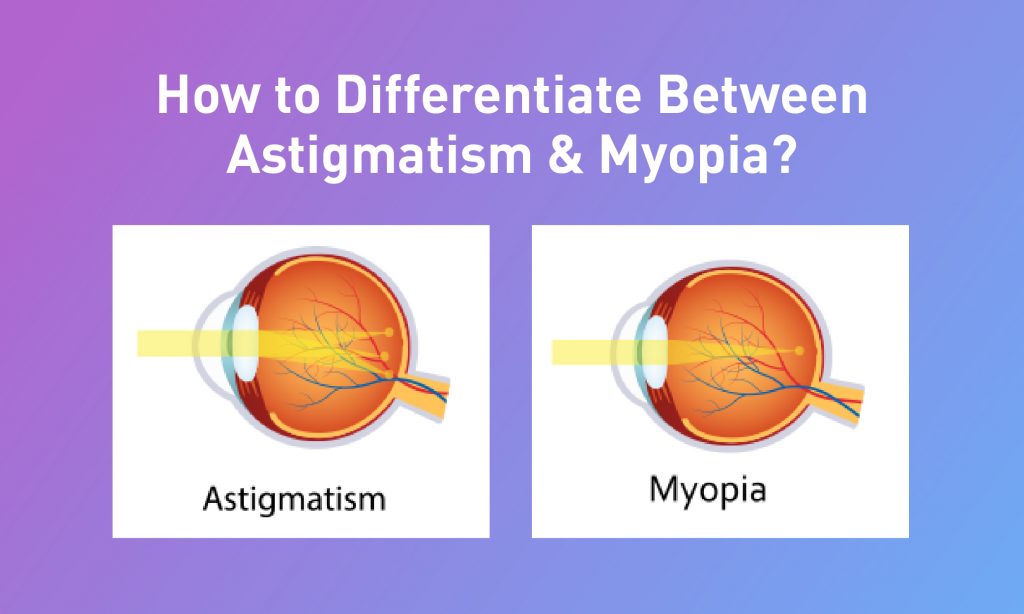
Astigmatism and myopia are two contrasting types of refractive errors. People with astigmatism encounter blurred and slanted vision at any distance, whereas people with myopia usually experience blurry vision at far distances.
Myopia develops between the ages of 8 to 14 years and can stabilize around 15 to 21 years old. Astigmatism on the other hand can happen at any age
Myopia VS Astigmatism: Know the Difference Myopia on plano.co
So, be sure to keep a look out from time to time, on changes that your eyes may go through.
How Does It Occur
Astigmatism symptoms occur when the front surface of the eye (also known as cornea) or the lens inside the eye have unequal and uneven curves. Instead of having a perfect or proper curve such as a spherical ball, the surface is oval-like or egg-shaped instead. This is the thing that causes blurred vision at all distances.
Genetics is the most common factor to that causes astigmatism. Believe it or not, it is often present at birth but it may develop a little later in life, depending on each person’s exposure. Astigmatism often comes about in combination with near-sightedness or far-sightedness. One of the best ways to treat this is by using corrective lenses or through LASIK surgery.
What Astigmatism Looks Like?
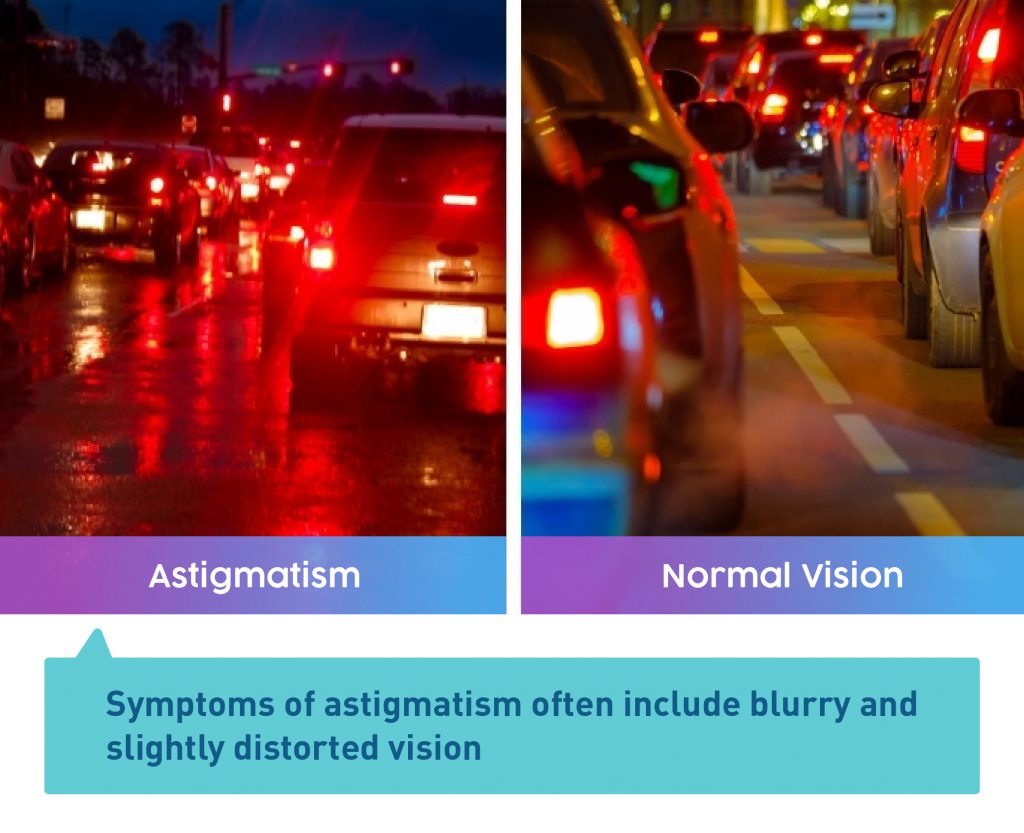
Some of the symptoms of astigmatism often include blurry and slightly distorted vision. It also causes a slight discomfort when reading in a dim environment. It can also happen when using a computer.
If you are experiencing such symptoms, it is best to book for a comprehensive eye test appointment right away. Opticians will be able to see how the light is refracted in your eye when you go for visual acuity, keratometry, and refraction vision tests. This will then determine the level of astigmatism that could be the cause of your vision problems.
How Can I Test My Own Astigmatism Levels?
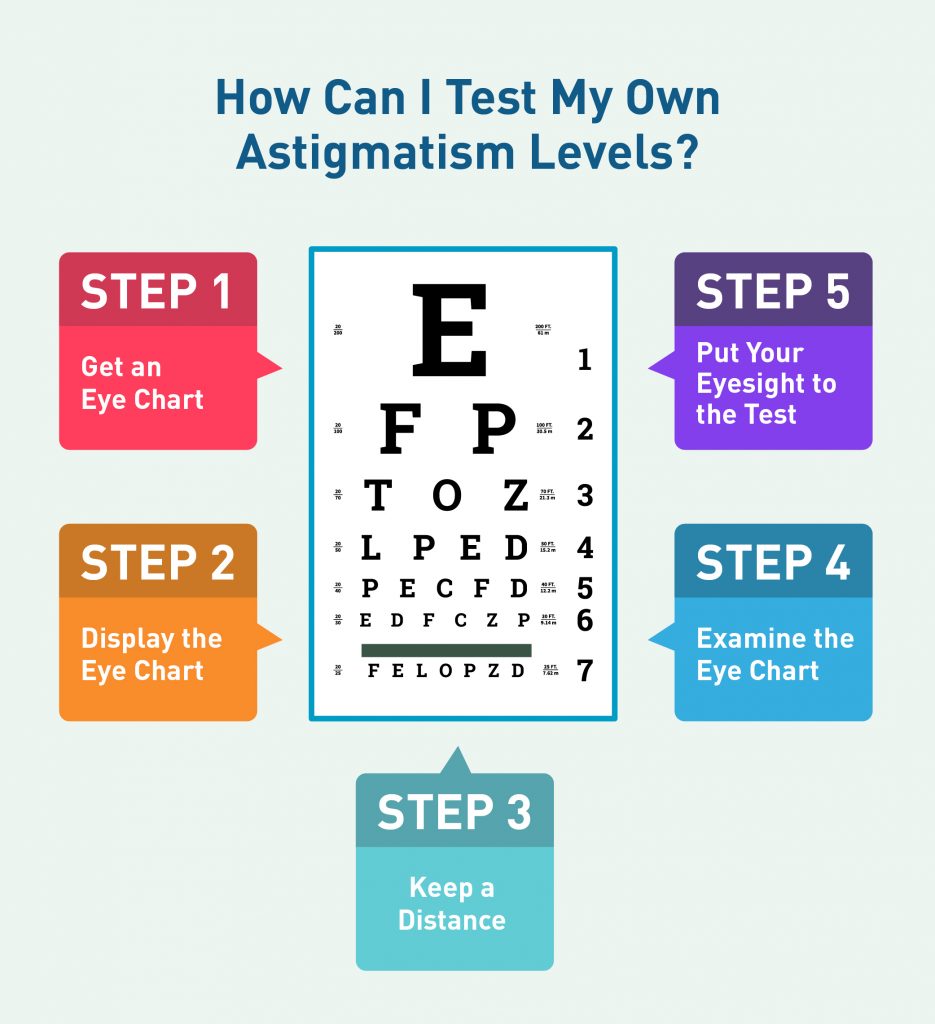
You can definitely conduct your own eye test to see if you have astigmatism. It is easy, really. Just try to follow these steps so that you can understand what astigmatism looks like.
Time needed: 5 minutes
- Get an Eye Chart
Download and print any eye chart you find online.
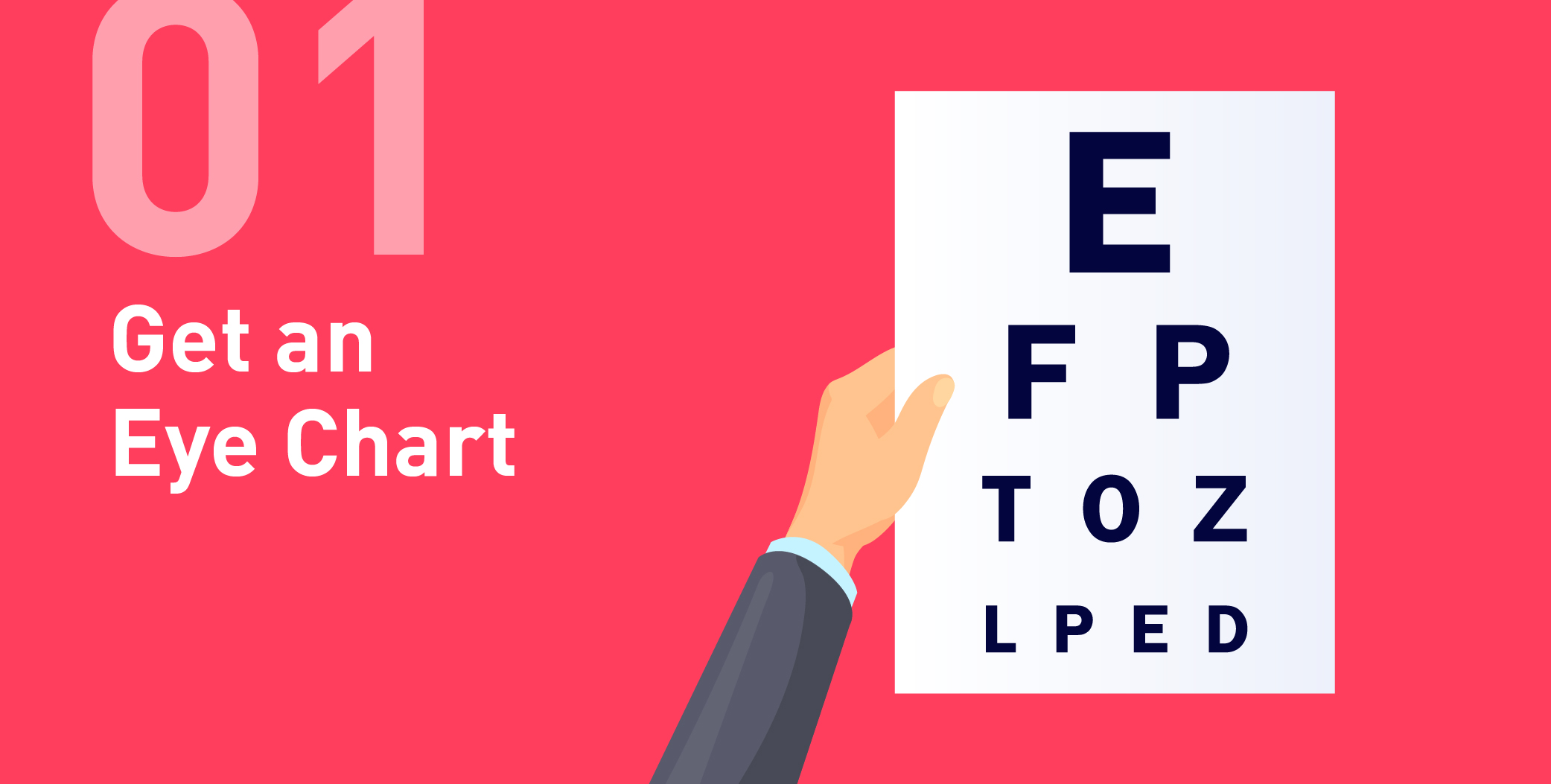
- Display the Eye Chart
Place the chart on a wall. Best to stay away from windows to avoid any light.
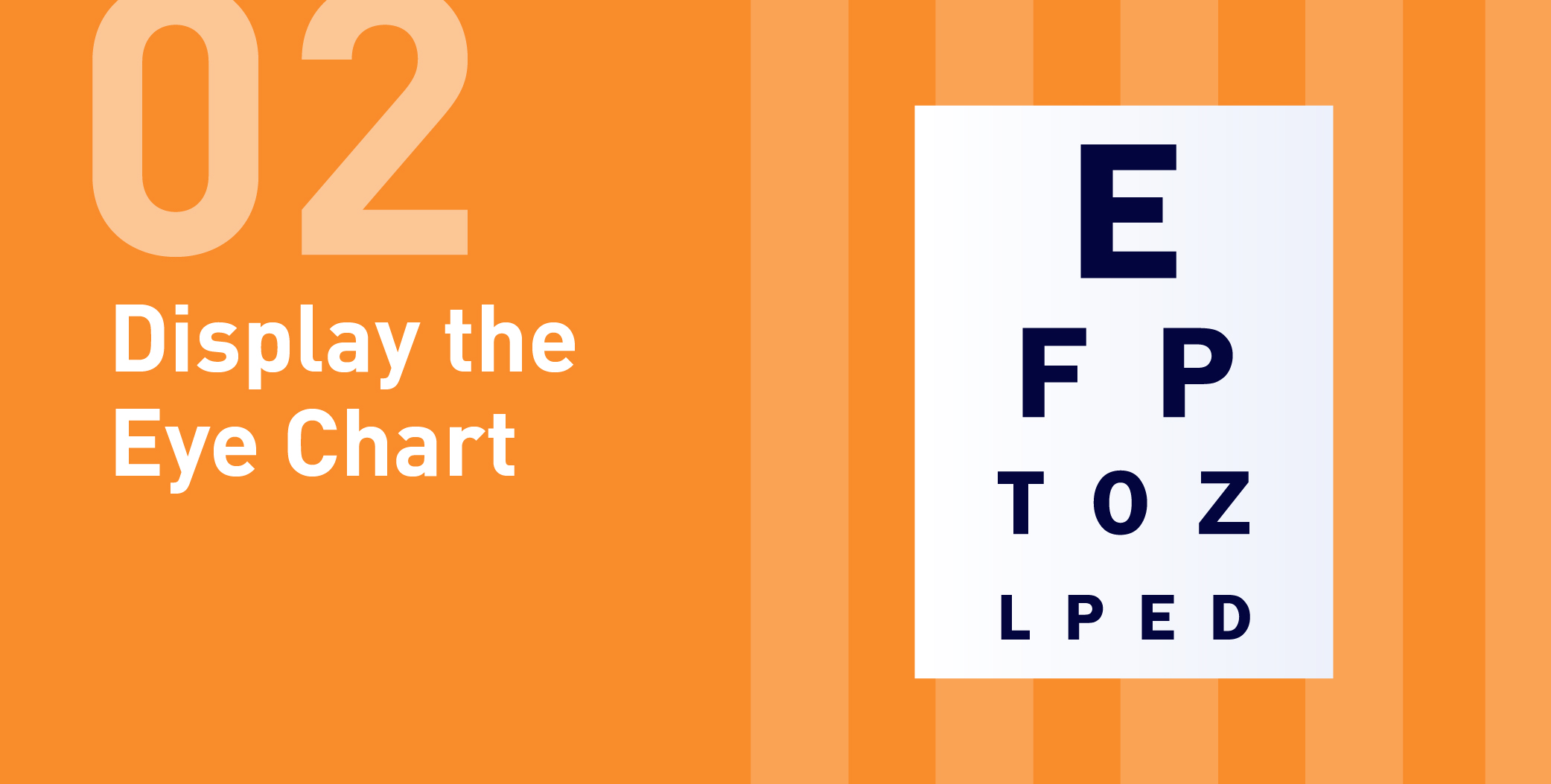
- Keep a Distance
Sit or stand at least 10 feet away from the wall.
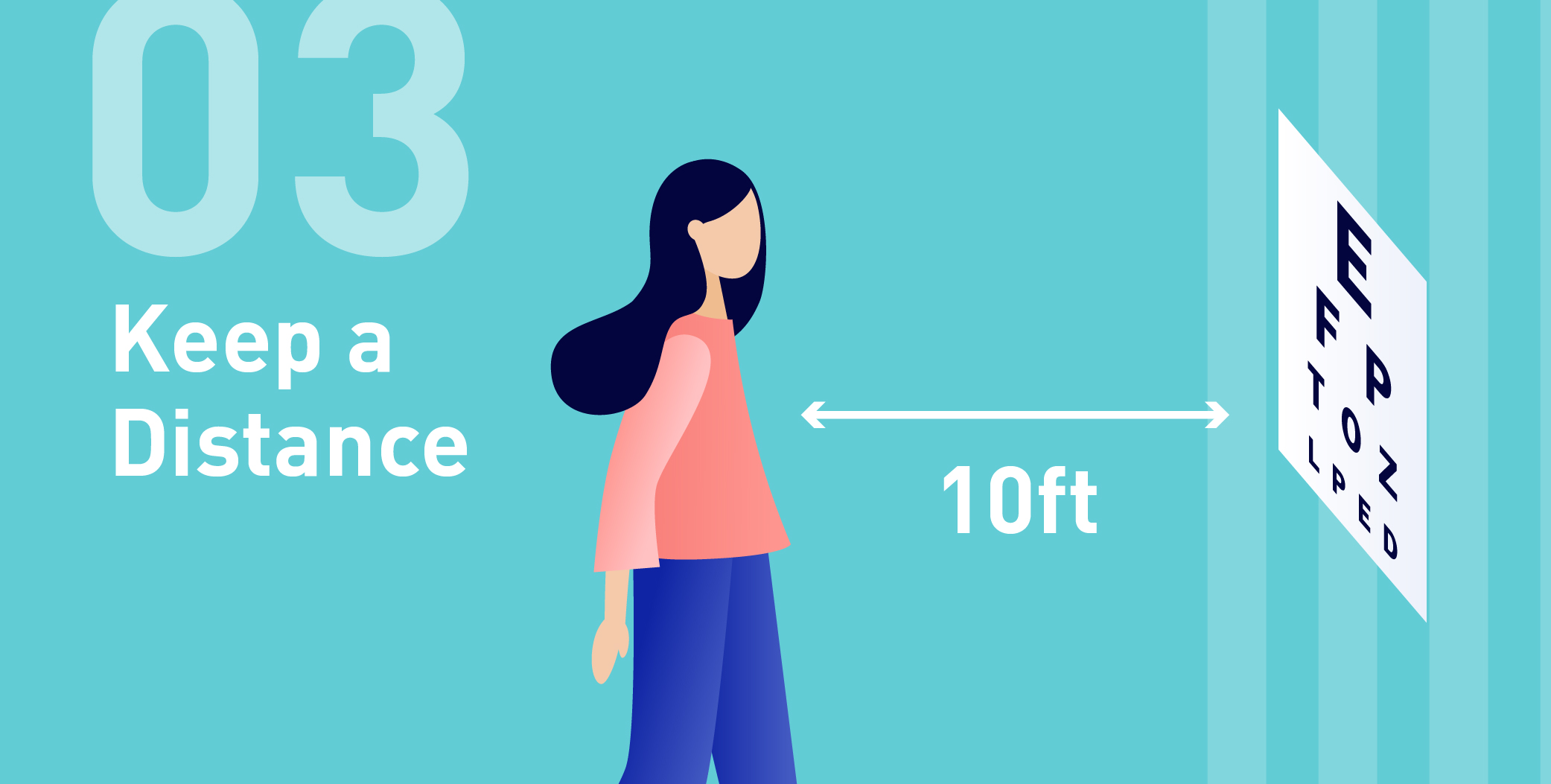
- Examine the Eye Chart
Make sure that the chart is at eye level, be it sitting or standing. Then, cover one eye.
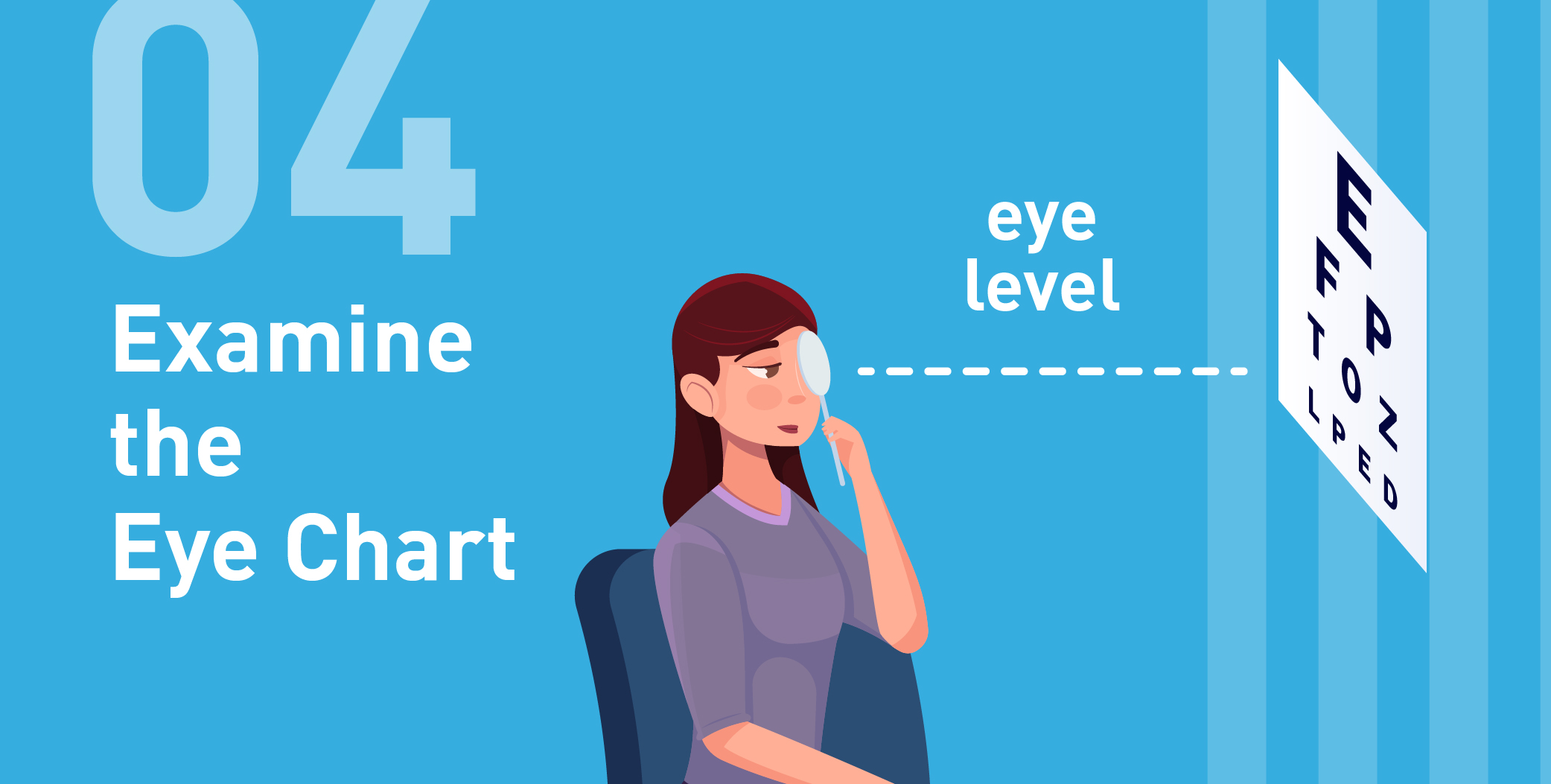
- Put Your Eyesight to the Test
Go ahead and read the smallest characters or numbers that you can see clearly.
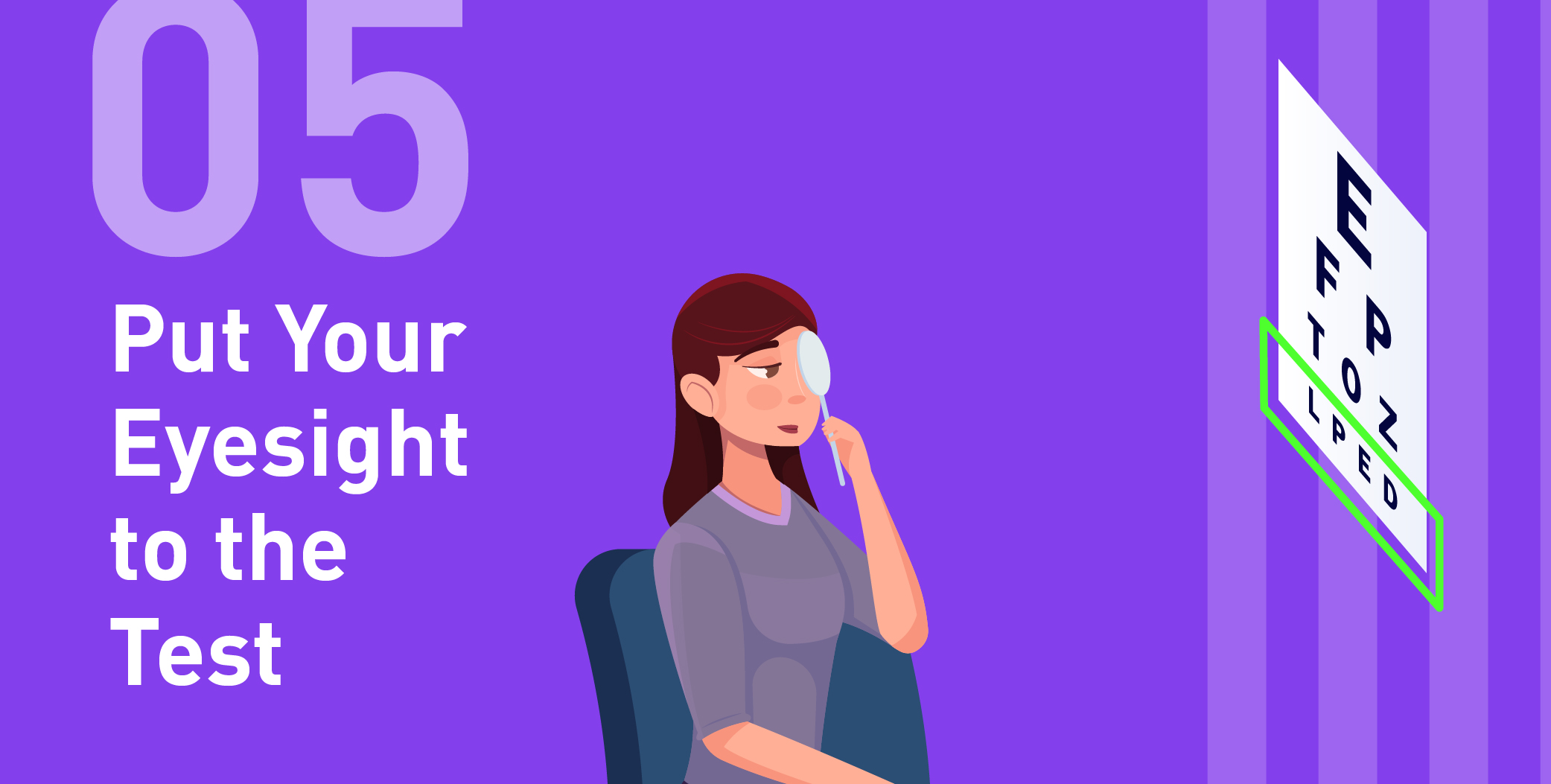
Then, repeat with the other eye. Of course, self-acuity eye tests are not completely accurate. It is always best to set an appointment with your regular optician to see how your progress really is.
Can I Wear Colored Contacts Even with Astigmatism?

Yes, you can still use prescription colored contact lenses to correct your vision. After all, colored lenses is one of the best ways to enhance your look so there is no harm in using them. Do note that they are more expensive than clear prescription contact lenses though.
Can Astigmatism Go Away for Good?
Unfortunately, astigmatism will not fade off on its own. It will either remain at the same levels as the time you were born or it could get worse with age.
According to the American Optometric Association, most people already have a certain degree of astigmatism. As written earlier, astigmatism could be present as early as birth. As one gets older, it will further develop and cause more discomfort in the vision.
It can also increase or decrease over time, depending on your exposure to UV light. So, do take good care of your eyes despite your age.
Although astigmatism may sound intimidating, just remember that it can be easily corrected. You have nothing to worry about at all.
Can I Correct Astigmatism? If yes, How Do I Do That?
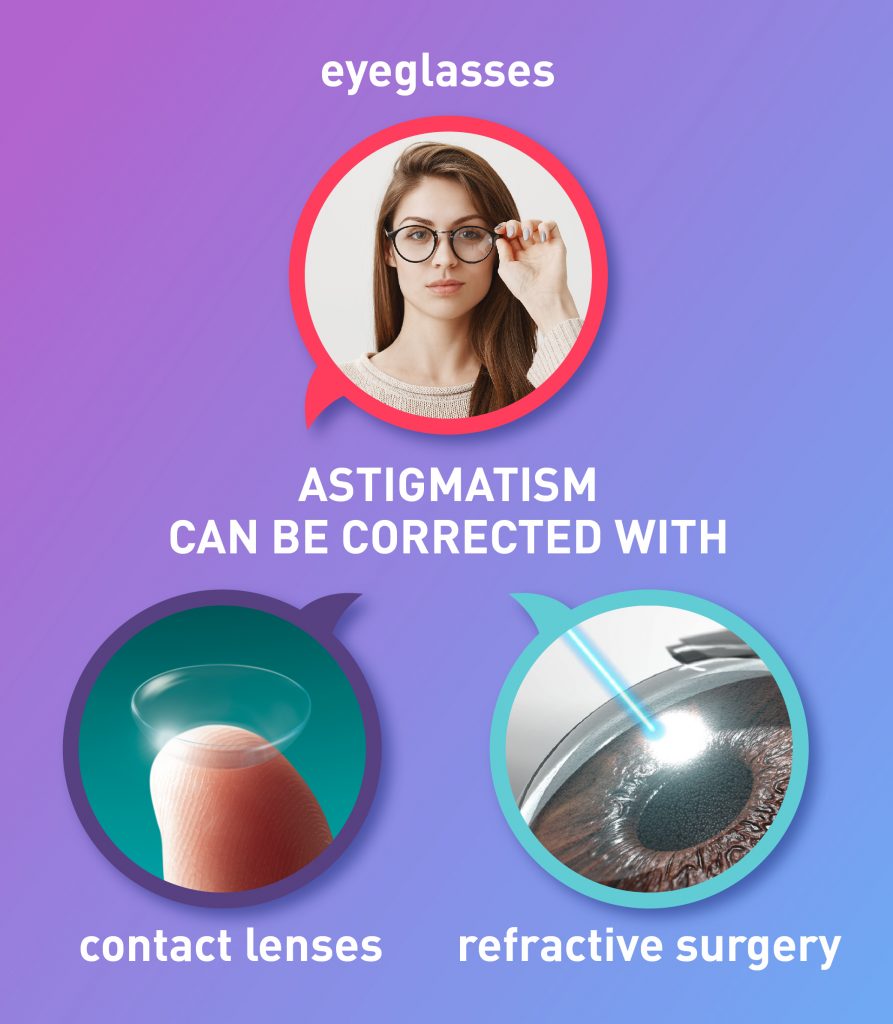
Astigmatism can be corrected with eyeglasses, contact lenses, and refractive surgery — like LASIK. It also can be corrected during cataract surgery.
Gary Heiting, OD, an optometrist and senior editor at All About Vision tells WebMD Connect to Care.
It is true, prescription eyeglasses and contact lenses can most definitely correct astigmatism. If you prefer a more permanent solution that lasts longer, LASIK surgery is the way to go. It is known to be more cost-effective too. You must bear in mind that nothing (not even surgery) can change the actual shape of your eyeball in order to permanently fix the problem.
It Is Never Too Late to Treat It
There is no such thing as a natural cure for astigmatism. However, there are several remedies that could possibly help prevent it from getting worse. Just set aside time on an annual basis to go for regular eye check-ups. This way, you will get to diagnose it at an earlier stage and correct your vision sooner, rather than later.
Make a date with your optician today!
If you are looking for toric/astigmatism-friendly contact lenses to cater to your eye needs, come shop with us.
Read More:

